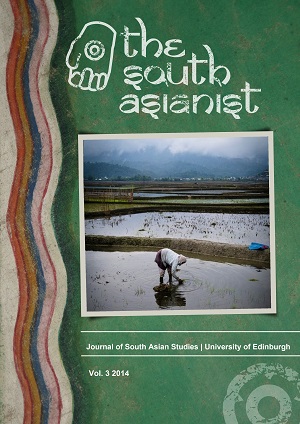The life of two Birhor brothers: a photo essay
Abstract
This photo essay seeks to illustrate the life of two Birhor brothers: Biru, the village pahan (priest), and his younger brother Phagon. By adopting metaphors of entrapment and entanglement, this piece explores the impact of a Government resettlement program on a nomadic community in central India. The State’s development strategies, which attempt to bring this Particularly Vulnerable Tribal Group (PVTG) into Indian society, highlight misconceptions about the nature of hunter-gathers. Through the prism of the Birhors material culture, the themes of primitivism, vulnerability, and entrapment will be discussed. To further highlight why the Birhors have been labelled primitive, and display how their material culture traditions have changed, I will draw parallels with the first major ethnographic account of the Birhors by Sarat Chandra Roy. This contrast with Roy will also serve as a counter-narrative that celebrates how Biru and Phagon’s community has maintained and adapted their traditions. Roy predicted the Birhors disappearance a century ago. By celebrating their endurance this essay seeks to place the Birhors' own agency at centre stage rather than paint the tribe as perennial victims in an anthropology of suffering.




